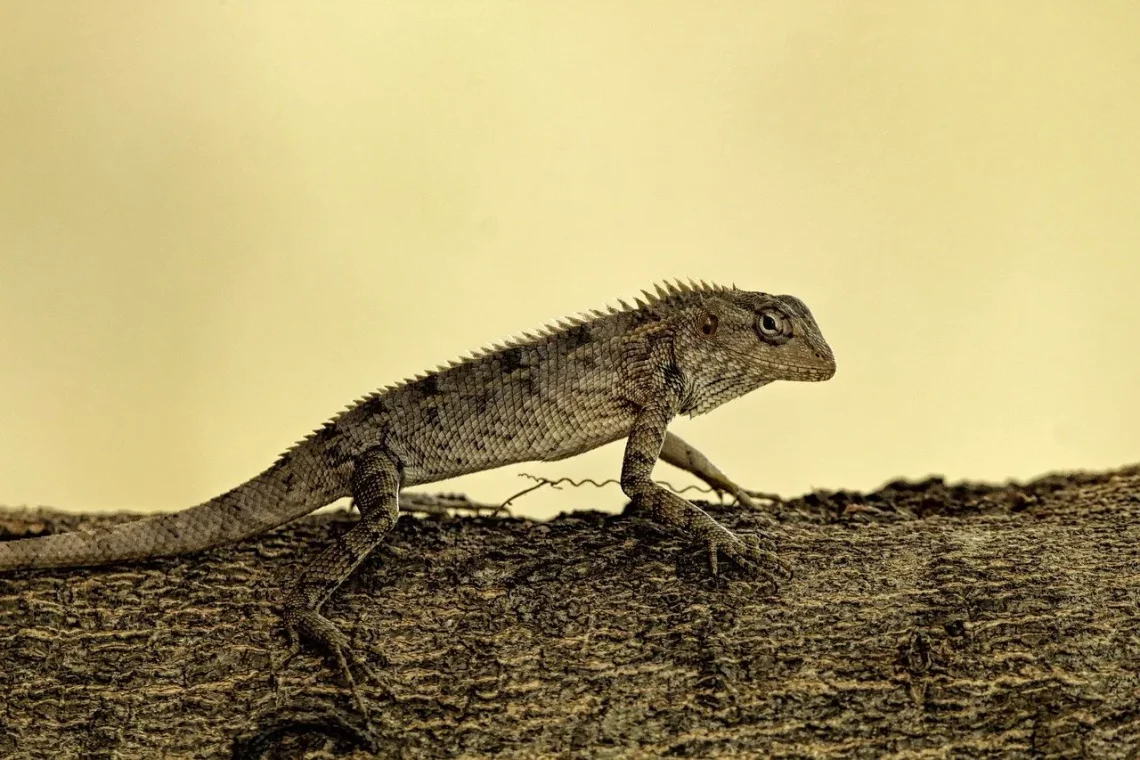
Understanding the Differences Between Male and Female Bearded Dragons
Bearded dragons have become increasingly popular pets, captivating reptile enthusiasts with their unique personalities and striking appearances. Native to Australia, these lizards thrive in a variety of environments and adapt well to captivity, making them ideal companions for both novice and experienced reptile keepers. However, understanding the specific needs and characteristics of bearded dragons is essential for ensuring their health and well-being.
One of the most intriguing aspects of bearded dragons is the distinction between males and females. While they share many similarities, subtle differences can significantly impact their behavior, care requirements, and overall temperament. This article aims to explore these differences, shedding light on the fascinating world of bearded dragons. By delving into the unique traits of male and female bearded dragons, potential owners can make informed decisions about their care and ensure a harmonious relationship with their new reptilian friends.
Physical Differences Between Male and Female Bearded Dragons
When it comes to identifying male and female bearded dragons, physical characteristics play a crucial role. One of the most noticeable differences lies in their size. Generally, male bearded dragons tend to be larger and bulkier than their female counterparts. Adult males can reach lengths of up to 24 inches, while females typically measure around 18 inches. This size disparity often becomes apparent as the dragons mature, making it easier for owners to distinguish between the sexes.
Another key physical trait to observe is the shape of the head. Male bearded dragons usually possess a broader and more triangular-shaped head compared to females. This distinction is especially noticeable during mating season when males often display a more pronounced head size to attract females. Additionally, males have larger femoral pores—small openings located on the underside of their thighs. These pores are essential for scent marking and are more prominent in males, making them a reliable indicator of sex.
Furthermore, coloration can also serve as a distinguishing factor. Male bearded dragons often exhibit brighter and more vibrant colors, especially during breeding season when they are trying to attract mates. Their coloration can vary significantly depending on the morph and genetics, but many owners report that males display more vivid hues than females. In contrast, females may have more muted tones, which can help them blend into their surroundings and avoid predation.
Understanding these physical differences is vital for prospective bearded dragon owners, as it allows them to select the right sex for their specific needs and preferences. Whether one desires a larger, more vibrant male or a smaller, more subdued female, recognizing these traits can help in making an informed decision.
Behavioral Traits: How Males and Females Differ
In addition to physical characteristics, the behavior of male and female bearded dragons can vary significantly. Male bearded dragons are often more territorial and aggressive, especially during mating season. They may engage in displays of dominance, such as head bobbing, puffing up their beards, and even hissing. These behaviors are instinctual and are aimed at asserting their territory and attracting potential mates.
Females, on the other hand, tend to exhibit a more docile and calm demeanor. While they can also show assertiveness, particularly when they feel threatened or are guarding their eggs, they generally do not engage in the same aggressive displays as males. This difference in temperament can make female bearded dragons more suitable for first-time reptile owners or families with children, as they may be easier to handle and interact with.
Socialization is another area where males and females diverge. Male bearded dragons often enjoy basking in the spotlight and may be more inclined to interact with their owners. They can be playful and curious, often exploring their environment with enthusiasm. In contrast, females might prefer solitude and can be more reserved. While they can bond with their owners, they may not seek out the same level of interaction as males.
Understanding these behavioral traits can enhance the owner-dragon relationship. Recognizing that a male may require more space and stimulation due to his territorial nature, while a female may necessitate a quieter, more secure environment, can lead to better care and a more harmonious household.
Breeding and Reproductive Behaviors
The reproductive behaviors of male and female bearded dragons are another pivotal aspect of their differences. Males typically reach sexual maturity around 8 to 12 months of age, while females may mature slightly earlier. During the breeding season, males exhibit heightened activity levels and engage in various courtship behaviors, such as head bobbing, arm waving, and displaying their beards. These actions serve to attract females and establish dominance over other males.
Females, once receptive to mating, will often exhibit specific behaviors, such as digging or seeking out suitable nesting sites. After mating, female bearded dragons undergo a process known as oviposition, where they lay eggs. This process can be physically demanding, and females require proper care and a suitable environment to ensure the health of both the mother and her eggs. It’s essential for owners to provide a nesting box filled with moist substrate, allowing females to lay their eggs comfortably.
Understanding the breeding behaviors of bearded dragons is crucial for those interested in breeding them. Proper knowledge of mating rituals and egg-laying requirements can lead to successful breeding and healthy offspring. However, aspiring breeders should approach this responsibility with caution and ensure they are well-informed about the care needed for both the parents and the hatchlings.
It’s also important to note that breeding bearded dragons should not be taken lightly. Those who wish to breed must consider the commitment and resources required to care for hatchlings and the potential challenges that may arise during the process. Engaging in responsible breeding practices is essential to maintaining the health and well-being of these remarkable creatures.
Care Considerations for Male and Female Bearded Dragons
Caring for male and female bearded dragons requires an understanding of their distinct needs. While both sexes share similar dietary requirements, there are some differences in care that owners should be aware of. Male bearded dragons, due to their larger size, may require a larger enclosure to accommodate their territorial behavior. A spacious habitat allows them to establish a comfortable territory and engage in natural behaviors.
On the other hand, females may need a specific nesting area, especially if they are of breeding age. Providing a designated space with a suitable substrate can help reduce stress during the laying process. Owners should also monitor females for signs of egg retention, a condition where eggs become stuck inside the body, which can be life-threatening. Ensuring that their dietary needs are met, with a balanced mix of insects, greens, and supplements, is crucial for both sexes.
Temperature and lighting are also critical components of bearded dragon care. Both males and females require a basking area with temperatures around 100-110°F and a cooler side of the enclosure for thermoregulation. Proper UVB lighting is essential for their overall health, aiding in calcium absorption and preventing metabolic bone disease. Ensuring that both male and female bearded dragons have access to these environmental conditions is vital for their well-being.
In summary, while male and female bearded dragons share many similarities in care requirements, understanding their differences can lead to a more successful and fulfilling ownership experience. By recognizing their unique needs and behaviors, owners can provide a supportive environment that enhances the quality of life for these fascinating reptiles.
**Health Warning:** This article is for informational purposes only and should not be considered medical advice. For any health concerns regarding your bearded dragon, please consult a qualified veterinarian.




